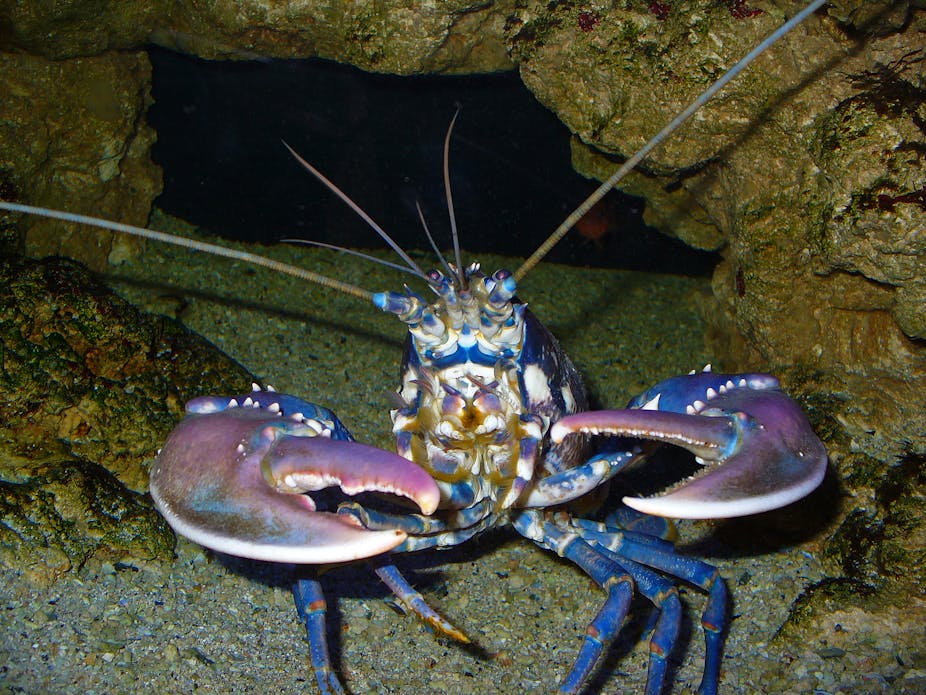It has long been news that overfishing persists in many of the world’s oceans. Fish and invertebrate stocks have been over-exploited for our ever-hungry, growing human population, leaving some species in dangerous decline.
The establishment of marine protected areas (MPAs) across the globe has been hailed as the silver bullet for conservation, with reports of increased catch, and spillover of recovered populations into adjacent fisheries, helping to replenish overfished stocks. But there may be unintended consequences if these areas are left unchecked. As populations of certain species are restored, disease can increase too.

Lundy Island, off the coast of Devon, was the UK’s first MPA. It was established as a marine nature reserve in 1986, incorporated a no take zone in 2003 and was designated a marine conservation zone in 2010.
Four years of monitoring from 2003 to 2007 saw a marked increase in commonly fished species, such as lobster, inside the no take zone when compared to fished areas.
But in 2010, a study of Lundy called for a cost-benefits review of marine reserves, after it was found that shell disease in European lobsters may be increasing inside the protected area, supposedly caused by the high density of certain species.

We returned to Lundy the following year to monitor the populations of European lobster. When we compared a fished area to the eight-year-old, unfished, no take zone, we found more abundant, and larger lobsters inside the no take zone
This phenomenon is a well known upshot of establishing MPAs and one of the reasons they are celebrated. Local fishermen agreed that since the no take zone was implemented, there has been an increase in catch around the area.

But in the same survey, we found that there was a higher probability of lobsters being injured inside the Lundy no take zone. Injury is thought to be induced by the European lobsters’ aggressive and solitary nature, so naturally in areas of high density such as the no take zone we expected to find a lot. Still, injury is known to be a precursor to disease. The shell of a lobster is its first line of defence and once breached, this may give rise to entry of pathogens.
This is crucial to understand because other studies have shown that pathogens in marine ecosystems are on the rise, a phenomenon which may be exacerbated by climate change.
In the past, disease in American lobsters is thought to have contributed to the collapse of a lobster fishery in southern Massachusetts. It is important to monitor disease and understand the effects on populations elsewhere in the world, especially those species which are commercially exploited.

Our study is interesting in that it introduces the idea that un-fished populations in marine parks may eventually reach a threshold at which conditions become unhealthy. This may even introduce the possibility of controlled fishing in long-standing no take zones.
This may be a controversial move but studies have shown high abundance in marine reserves may render animals vulnerable to disease particularly because infections can no longer be “fished out”. A total ban on fishing is certainly positive in allowing recovery of populations back to unexploited densities, but they may have a finite time span of success.
There is no doubt that fishery closures and marine protected areas do help contribute to the conservation of species, but the important message here is that we must monitor them closely. In November 2013, the UK designated 27 new MPA sites. Monitoring species richness, abundance and disease in these areas will be crucial to avoid any unwanted byproducts such as disease increase.

